Resources
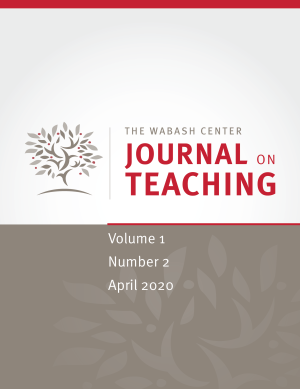
This essay reflects on a critical incident that occurred during a seminar discussion about the age of Aishah at the time of her marriage to the prophet Muhammed. I take students’ discomfort with the material and their expression of emotions—especially their desire to love Islam—as an opening to think about the opportunities and challenges of working with students’ emotions in the classroom. I begin by problematizing love (or the want of it) as an Islamophilic response to students’ awareness of the dangers of Islamophobia. I then go on to entertain the possibility of embracing love as a ‘productive’ emotion that offers insights into the study of Islam and Muslims. While I caution against the traps of Islamophilia, I take love as an important and perhaps overlooked dimension of pedagogy. This is one of three essays published together in a special topic section of this journal on critical incidents in the classroom.
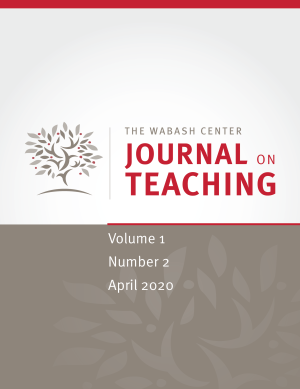
Teaching and learning a biblical language such as Greek can pose a set of pedagogical challenges in a multicultural classroom where the instructor and students have different cultural assumptions about language learning. Reflecting on her encounter with a student’s question regarding why ancient Greek grammar operates the way it does, the author explores how this critical incident helped her recognize the cultural diversity in the classroom and develop a new pedagogical toolkit. In particular, the author employed multi-sensory activities using music and visuals to foster the students’ motivation and bridge the gaps between different cultural assumptions. This experience eventually led the author to another pedagogical insight: Teaching and learning Greek at a seminary are critical to building much-needed intercultural competency for informed ministry in the twenty-first century. This is one of three essays published together in a special topic section of this journal on critical incidents in the classroom.
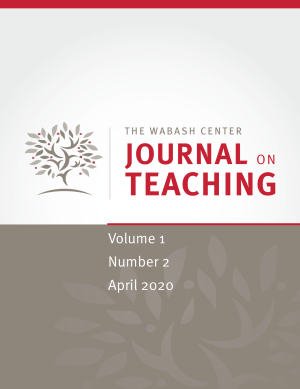
When one angry student refused to follow my discussion structure in a class on diverse Christian views of gender and sexuality, I was unable to keep other students in the room safe from his harmful tirade. After this student refused to apologize in aggressively disrespectful language to me in a private meeting, I petitioned for university sanction. The student responded to my request for a disciplinary hearing by launching a social media campaign to discredit me and my reasons for requesting this hearing. This awful class and the subsequent related events, including the administrative response to the social media outrage, have led me to a deeper understanding of what it means to embrace responsibility while at the same time recognizing and accepting that I am not in control. This is one of three essays published together in a special topic section of this journal on critical incidents in the classroom.
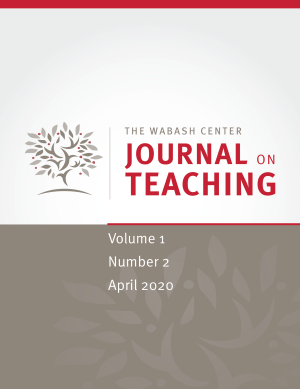
As of 2017, the Association of Theological Schools had seen an increase in online course enrollment of 200 percent over ten years. It is therefore worth exploring in some depth the potential challenges and strengths of online and hybrid programs. This article describes one hybrid online-residential program, the Alternative Clergy Training at Sewanee (ACTS) program at the School of Theology at the University of the South, familiarly known as Sewanee. Based on the experience of this program and contemporary research on the strengths of online and hybrid programs, it is argued that hybrid learning has significant advantages in its own right, perhaps especially for those who may be considered “hybrid clergy,” the deacons and bivocational priests for whom the program was designed.
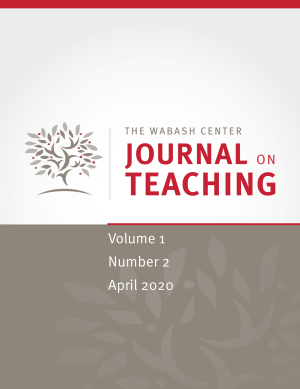
This paper reflects upon the collaborative work between a professor and a librarian who constructed a course on religious communes in the United States implementing the seven elements of metaliteracy as put forth by Jacobson and Mackey (2013). The shifting terrain of information literacy is hard enough for librarians to traverse, but it can feel insurmountable for professors in the classroom. Working side by side with a librarian can be one of the most fruitful ways for professors to advance in this field. The seed for this project was a collective intent to create lifelong learners with strong habits of inquiry rather than merely teaching students discrete search strategies and skills. By using technology and team-based learning, the collaborators hoped to open up the students to a critical yet empathetic understanding of religion and to help them develop as informed users and creators on the internet.
History simulations have been shown to promote student learning in classrooms throughout higher education. In an undergraduate course on the New Testament and early Christianity, we sought to foster student learning by having students participate in history simulations that involved the use of fictitious personas known as avatars. In this paper we describe the avatar activities in these simulations, and we examine the effects of our simulations on students' abilities in “historical thinking”: that is, engaging in the interpretive practices that historians use to reconstruct the past. We argue that our avatar simulations helped our students build upon, refine, and deepen their abilities in historical thinking in small but perceptible ways. We end by noting the extent to which our findings align with research on the use of history simulations and by identifying ways to develop our project moving forward.
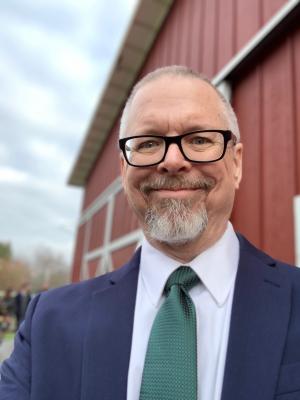
The debate about whether or not to engage in online education is over. However, the journey to doing online education well is just beginning. This video points our the reasons we should be embracing online education. It also gives a few pointers about one of the most popular forms of professor presentation, the screencast. Watch the screencast at this link.
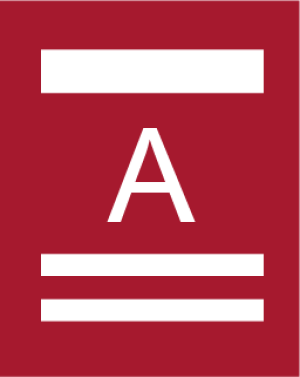
Dr. Nancy Lynne Westfield hosts Dr. Emilie Townes (Vanderbilt University - The Divinity School) and Dr. Valerie Bridgeman (Methodist Theological School in Ohio). In crisis times, the creative voice speaks to the soul. The scholarly voice does not have to eclipse the creative voice. As published poets and scholars, these womanists will talk about their creative process and its influence upon their scholarship. They will also read original works.
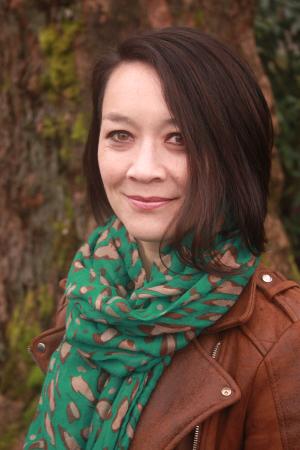
In the last few weeks, the undergrads I teach have responded to moving off campus and courses shifting online with a mixture of confusion and sadness. While their generation is well equipped to utilize digital resources, the sudden dismantling of our daily community and rhythms deeply challenged all of us. I have been grateful to find that course content and online strategies have permitted us to connect with and support one another in the uncertain, liminal space of seated courses forced into online venues. By fortunate coincidence, my GenEd class on the Psalms was scheduled to discuss post-exilic psalms during our first week of online instruction. Through theological engagement with Georg Simmel’s essay “The Stranger” and Catherine Brun and Anita Fábos’ article “Making Homes in Limbo? A Conceptual Framework,” it was my goal that my students develop a greater understanding of the human experience of migratory displacement—and ultimately respond to that understanding with empathy and action.[1] In previous semesters of this course, some students found relating to migrants a foreign idea; this term, however, found us in the midst of a very productive and personal conversation around the concept of “home,” as students grappled with their own recent experiences of displacement and isolation. Not only did I witness students thinking through course materials in a more committed manner than usual, but I also emerged from this week feeling like I know my students individually and collectively much better. In this way, current circumstances and the shift online have been gifts that enrichen the connection this class had already established in person. Here are some specific strategies that I found facilitated connection for my undergraduates this past week: Building on in-person connection: I created discussion groups composed of students who had regularly gravitated to one another in the seated classroom. We utilized these discussion groups in directed discussion forums and for Zoom breakout room exercises. Students provided feedback that interaction with known peers helped motivate them to complete work, and encouraged them to support one another. While I do like to mix up discussion groups from time to time, current shifting circumstances have made it valuable to spend time in the presence of trustworthy and familiar faces. Developing new collaborative projects: In conjunction with some individual assignments, I found that my students responded positively when we used the Zoom breakout room time for them to collaboratively craft responses to discussion questions in a shared GoogleDoc. The process of creating a shared product helped them to focus this time and consider together how they might reflect their individual viewpoints in the document. When I briefly dropped into each group, I was able to answer individual questions regarding execution of the assignment and to discuss some of the content that was on their minds. In addition to this synchronous collaboration, I found it effective to have students respond to digital “presentations” asynchronously in their end-of-the-week reflections. Earlier in the week, presenters had posted their creative renderings of selected psalms to class forums, and in students’ individual reflections at the end of the week, I asked them to explain how they connected those presentations to the week’s readings and discussion. By referring to their peers’ creative projects, it gave the sense that students were interacting with each other’s thoughts while processing the course materials. Applying course learning to present experiences: The final piece of their individual weekly reflections was to relate the discussion of displacement and “home” to their current experiences in self-isolation. While they had been connecting to the material throughout the week through the readings, video lecture, presentations, and Zoom discussion, most of them went above and beyond the requirements of this reflection because they wanted to work through their present experiences. They demonstrated an ability to empathize (yes!) with the idea of “Homes in Limbo” from the Brun and Fábos article, and shared with me about their lives in ways they hadn’t before. I believe they felt supported simply because I asked them how they are thinking about “home” during this time—and I was honored by the raw and open responses they provided. As we look to not only convey information through online education, but also to continue forming students theologically, I wonder how else we might creatively connect with our students in the midst of these unique circumstances. Even if our methods are not perfect, the students certainly appreciate any efforts on our parts to see them, hear them, and respond to them. I hope I can continue to share with my students how they are transforming me, as a teacher and as a person, while we go forward into this liminal space together. [1] Simmel, “Der Fremde”; Brun and Fábos, “Making Homes in Limbo? A Conceptual Framework.”